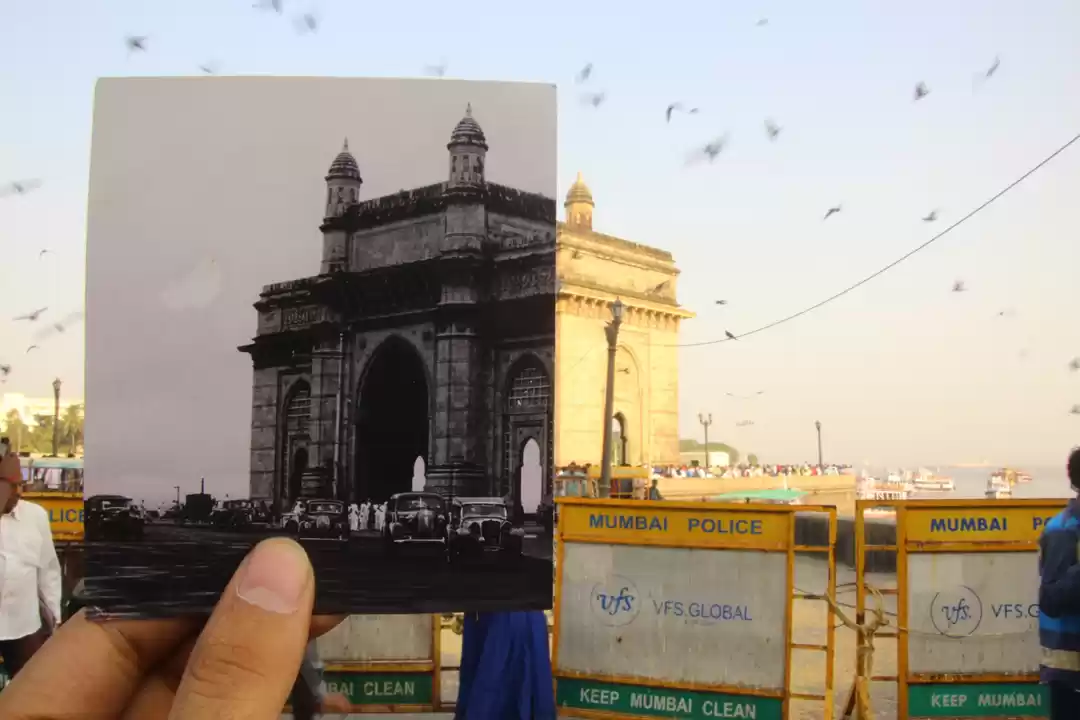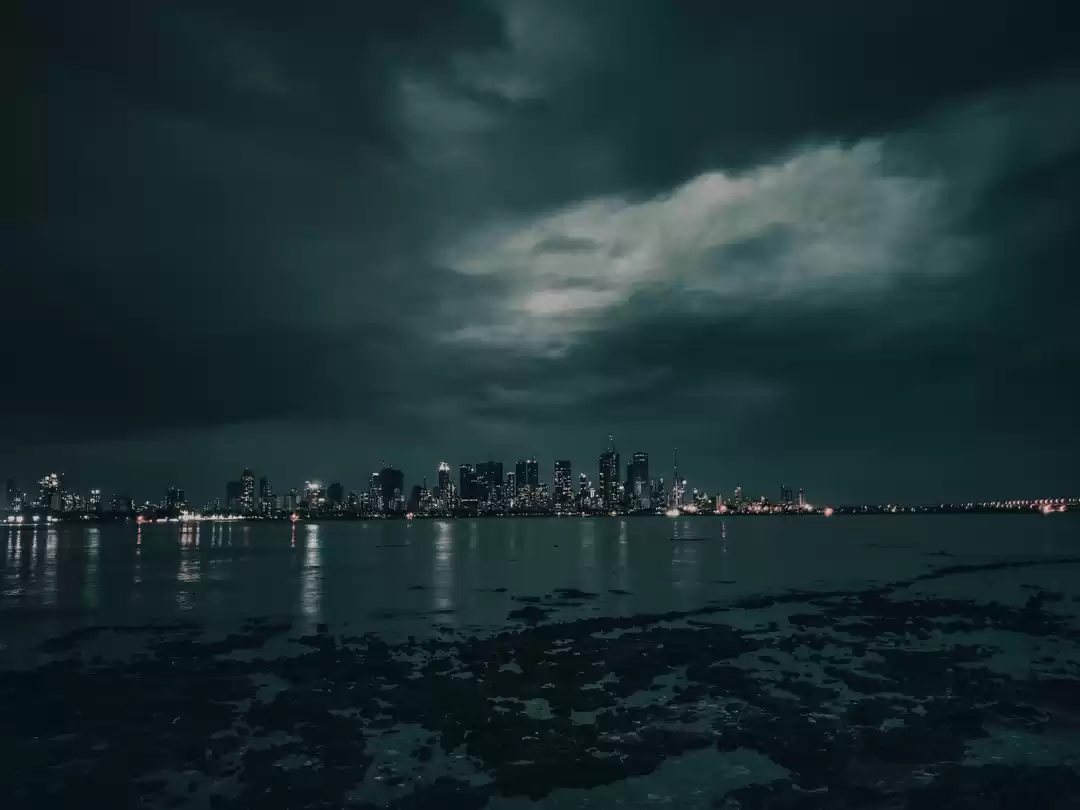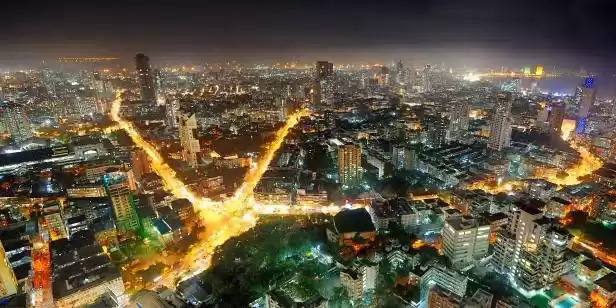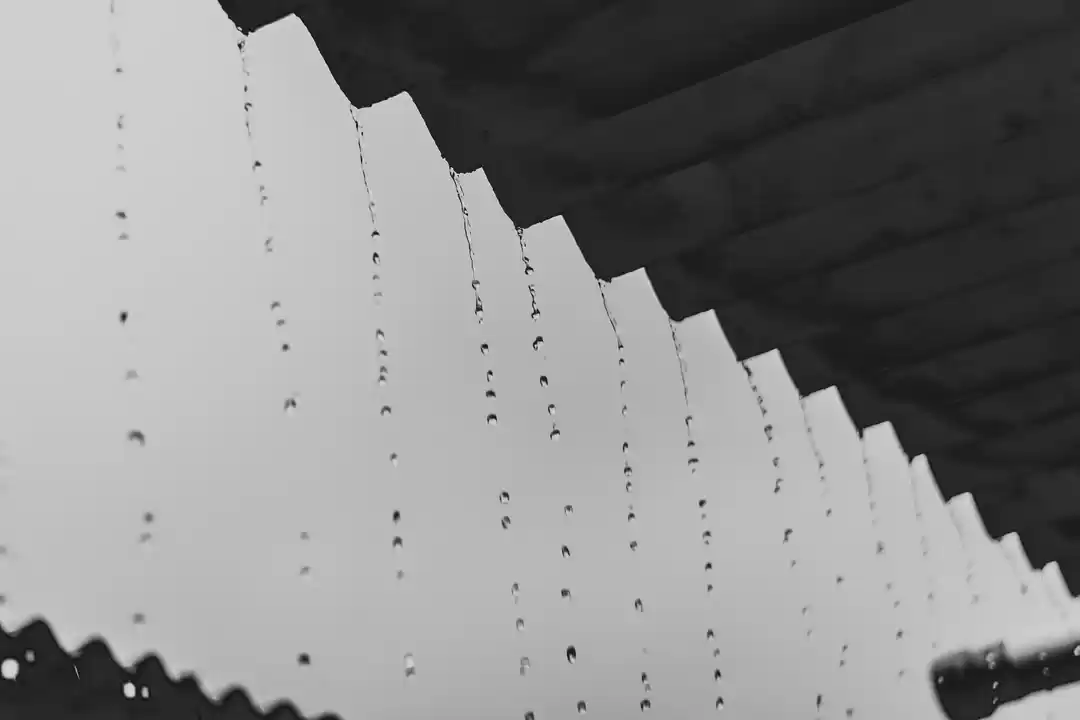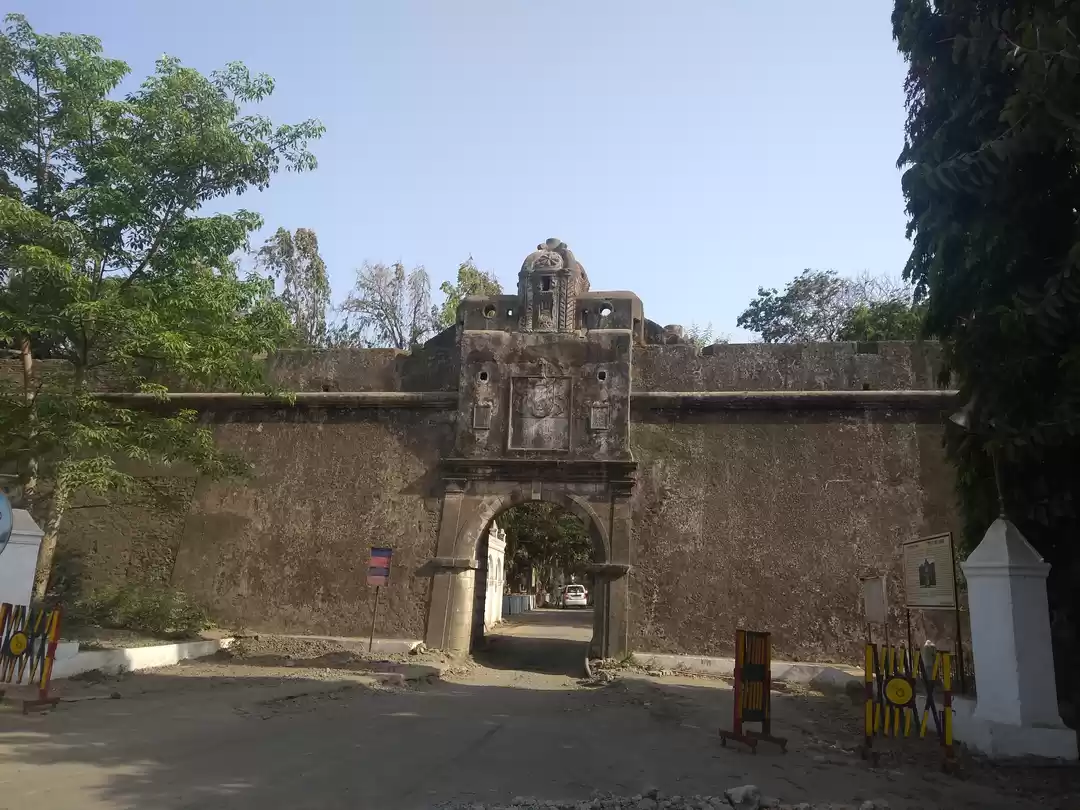
I have been a resident of Mumbai for over 50 years going back to 1970. I have always enjoyed my trips to downtown which houses some of the quaint heritage architecture buildings like the CSTM (erstwhile Victoria Terminus-VT), BMC HQ, The Prince of Wales Museum ( now known as Chatrapti Shivaji Maharaj Vastu Sangrahalaya) , Mumbai High Court, Mumbai University, the GPO or the buildings lining D N Road etc. We all know Mumbai as a megapolis , is one of the largest cities in the world with a population of over 20 million. It is known as the commercial capital of India. I'm sure you all know about how the seven islands, including the island of Bombaim (good little bay in portuguese), were gifted by the Portuguese to the British Crown as part of the dowry of Queen Catherine of Braganza in 1661 to King Charles II of England.
However, not many are aware of finer points such as the origin of names like ReadyMoney Mansion, the story behind the architecture of the BMC HQ or Phirozshah Mehta's statue at the BMC HQ, why is the downtown area known as Fort even though there are no visible landmarks of a fort. One of my chuddy buddies (a marketing and PR professional) as part of his passion has taken to volunteering with Khaki Tours as one of their Ambassadors of Mumbai. To know more about the history of Bombay and participation by the locals in its municipal administration, he encouraged us to take the Urbs Prima (First City in latin) heritage tour of the BMC HQ - which is conducted by Khaki Tours. So recently we decided to go exploring to learn more about our city. On a bank holiday we enrolled for the Urbs prima tour which he was conducting and then on the subsequent sunday we took a joy ride on the newly launched Roll On- Roll Off (RO-RO) ferry service to Mandwa (near Alibaug). Read on to know more ..
The British East India Company had earlier landed in Surat (early 1600). Surat was an important trading port, but they had a few issues - the port would silt up, they didn't control the territory and became collateral damage when the maratha king Chhatrapati Shivaji would raid the treasury. They found Bombaim (later anglacised to Bombay) to be a peaceful and an ideal port to stay away from the constant threat of attack at Surat. The East India Company decided to encourage traders from Surat to relocate to Bombay by offering tax concessions and religious tolerance. As a result the Parsi and other trading communities were one of the early settlers to relocate from Surat. The growing town was then enclosed with a fort wall (for protection against a potential maratha attack) with an open space all around called the 'Esplanade'. The castle fortification covered the first Governor's house and the main administrative centre of the fledgling town with four bastions built around it for protection. This area is even now known as Fort.
In those days the opium trade flourished as opium was the most sought after commodity in Hong Kong and China. Caswasji Jehangir was one of the most successful traders. As he turned to philanthropy, he was the go-to person for the British in case of money requirement for any public project. His doors were always open as he was known to readily agreed to their requests for funds. For his generosity he was given the sobriquet of ReadyMoney which became part of his name and he came to be known as Caswasji Jehangir ReadyMoney. Till this date the building he used to operate his office from in fort is known as ReadyMoney Mansion. Over the years the American Civil War put a stop to the trans-Atlantic supply of cotton to Britain. As a result, Bombay picked up the slack and saw a boom in cotton trade that lasted a long time. Such was the demand for cotton that people were ripping open their old mattresses to sell the filling for a neat profit. The cotton trade took over and started to dominate the trade. With this, the city grew in stature -a plaque outside the Gateway of India reads Urbs Prima in Indis (The First City of India) recognising the city's growing importance as Bombay emerged as the largest city in the Indian subcontinent and the second-largest in the British empire, after London.
The BMC was established in 1865 with Arthur Travers Crawford as the first commissioner to handle the civic matters for the city (FYI, the Crawford Market is named after him). The drawings for the current BMC HQ building were called for through an open contest. Even though the design originally selected was an Indo-Saracenic design, the structure finally built in 1893 used a blend of Gothic and Indo-Saracenic architecture. This blends very well with the Bori Bunder Station (now known as CSTM) which was built in 1887 to commemorate the golden jubliee of Queen Victoria.
The HQ building finds a pride of place on BMC's Coat of Arms or the emblem which besides the BMC HQ building consists of the other prominent aspects that represent the city viz sailing ships, factories & the Gateway of India.

BMC building on the BMC's Coat of Arms
The BMC HQ has a councillors hall where all the official business is conducted. The walls of the hall have 18 statues with various pagdis representing the 18 major trading communities then.


Sir Pherozeshah Mehta was an Indian Parsi politician and lawyer. He was knighted by the British Government for his service to the law. He became the Municipal Commissioner of Bombay Municipality in 1873 and was it's President four times. He has been credited with drafting the Bombay Municipal Act,1888 and was actively involved in its administration. He was known as 'The Lion of Bombay' . To recognise his contribution to the administration of the city his statue was erected outside the BMC HQ. The entire BMC complex has been recognised as one of the 94 heritage structures under the UNESCO World Heritage Sites in Mumbai.
Incidentally, the native fisher folk who worshipped Mumba devi always referred to Bombay as Mumbai. In 1995, the Maharashtra government, as part of its effort to move away from the colonial past formally renamed Bombay as Mumbai.

Next on my Mumbai exploring list is the Castle to Gateway heritage walk. Cheers till then!
Acknowledgements: Sagar Joshi, my childhood friend and Ambassador of Mumbai for Khaki Tours
References for more on History of Bombay Presidency: https://sarmaya.in/spotlight/urbs-prima-in-indis-the-rise-and-rise-of-the-bombay-presidency/




